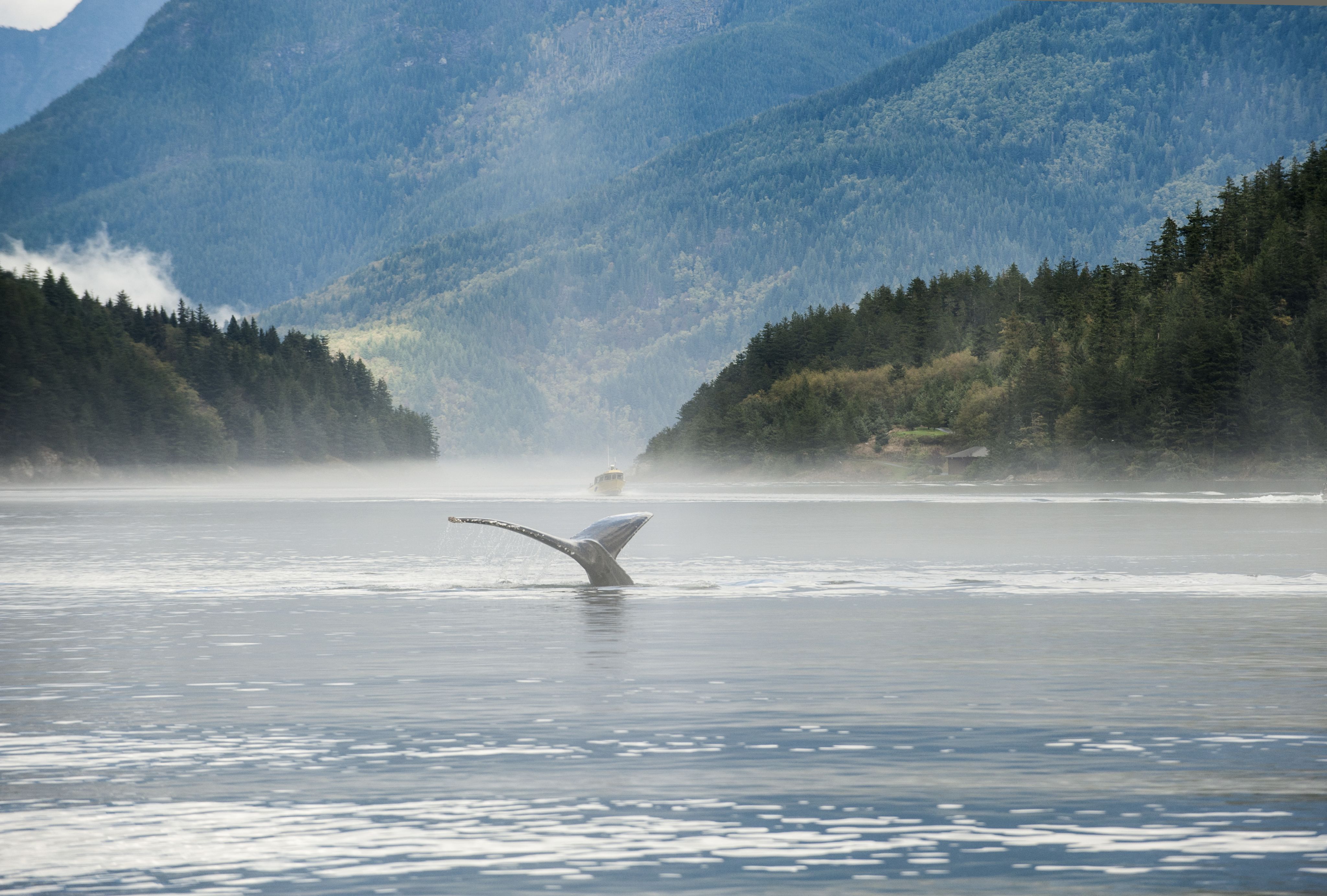Conversation Starters
What does it mean to travel sustainably?
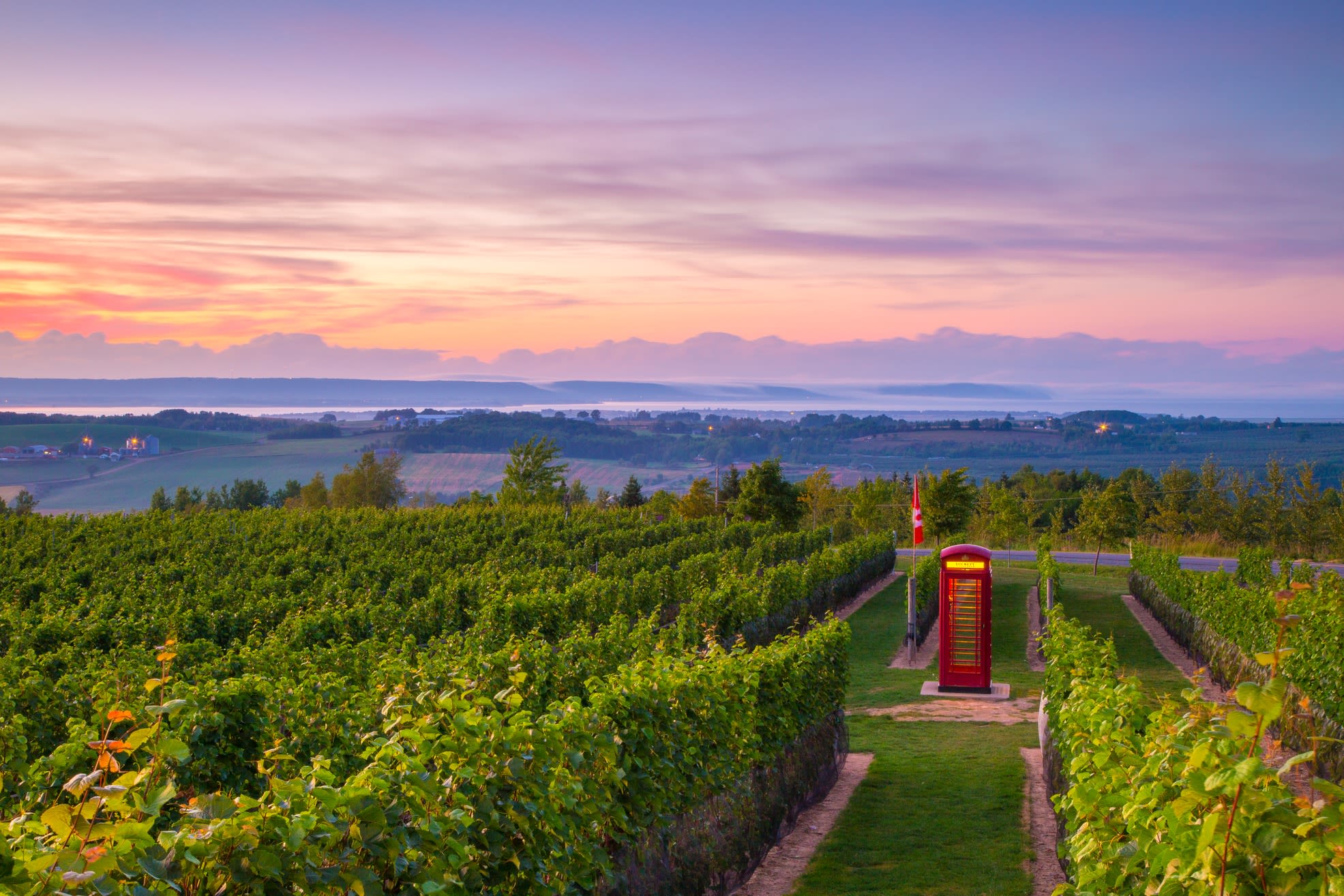
I am often surprised by how a conversation starts with one thing and opens up possibilities for a learning opportunity about travel.
The other day, I was playing evening pickleball where I live in the Annapolis Valley of Nova Scotia. As we awaited the next available court, another player and I started talking about winter plans. I said I was going to Costa Rica, and taking part in a unique interior trip with Intrepid Travel, a global leader in sustainable travel, creating positive change through the joy of travel.
She asked me what sustainable travel means.
I shared with her my perspective that it was about lessening our impact on the planet when we travel, increasing the amount of time we spend in a destination rather than destination-hopping, giving back to communities that we travel to, and supporting local community folks in the food we buy, the purchases we make, and learning from them first-hand through experiences.
She was intrigued.
It did make me wonder how we can influence and communicate within our networks of family and friends about how travel across Canada or to other nations and destinations can have less impact.
Booking.com publishes and publicly shares an annual Sustainable Travel Report, which provides great insights about their traveller’s expectations and interests about sustainable travel.
“Travelers are rethinking what ‘value’ means to them, from carving out regenerative experiences to finding more meaningful ways to spend their money.”
From this report, it seems there is a huge appetite for learning about sustainable solutions, especially when they don’t overly impact spending.
“At a micro level, the report indicates that today’s responsible travellers want to convert their intentions into real actions whether it is the accommodation they are investigating, the things they do in a destination, more sustainable ground travel options, and shopping locally.
At a more macro level, it seems that many travellers are seeking opportunities to be more purposeful in the way that they plan and spend their travel money. More and more are interested in regenerative experiences that positively impact destinations with benefits to wildlife, conservation and the local community, and engaging in local philanthropy and ethical experiences.”
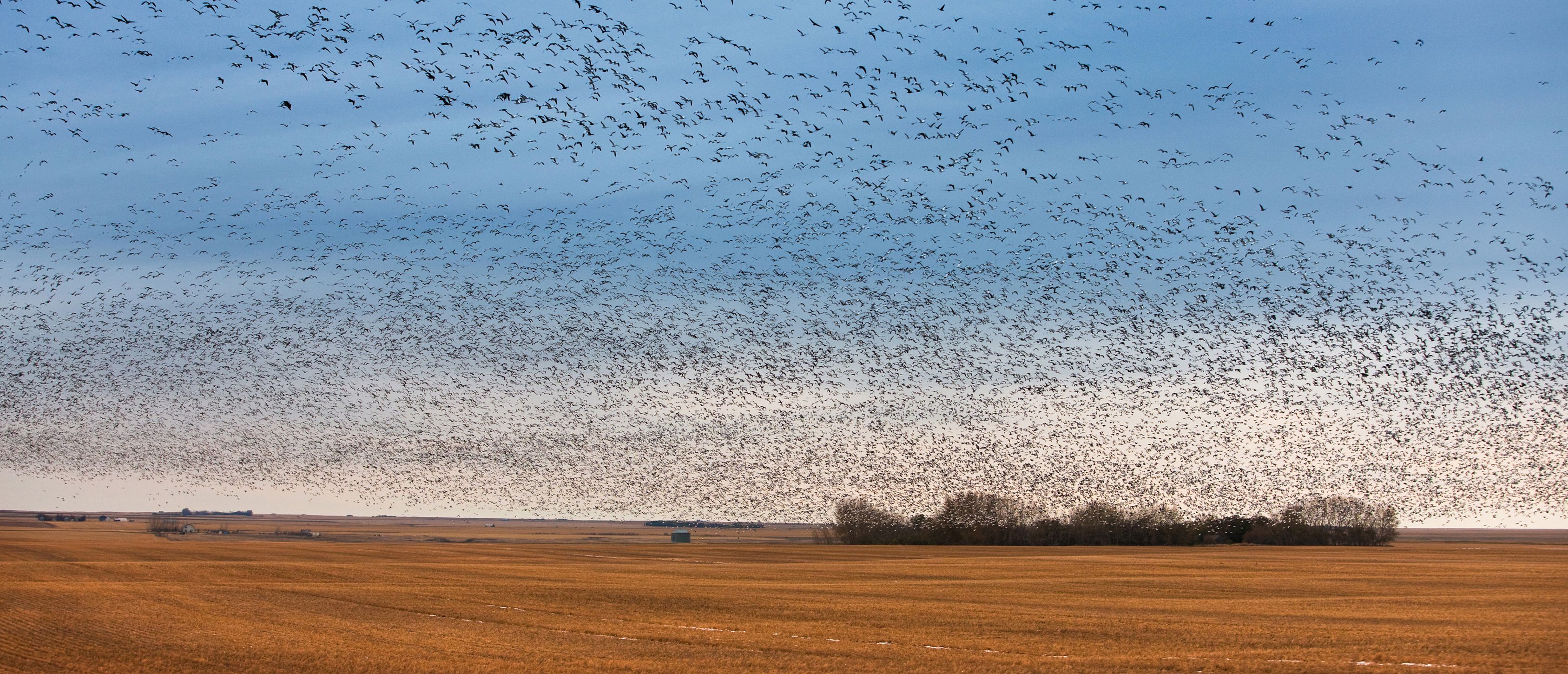
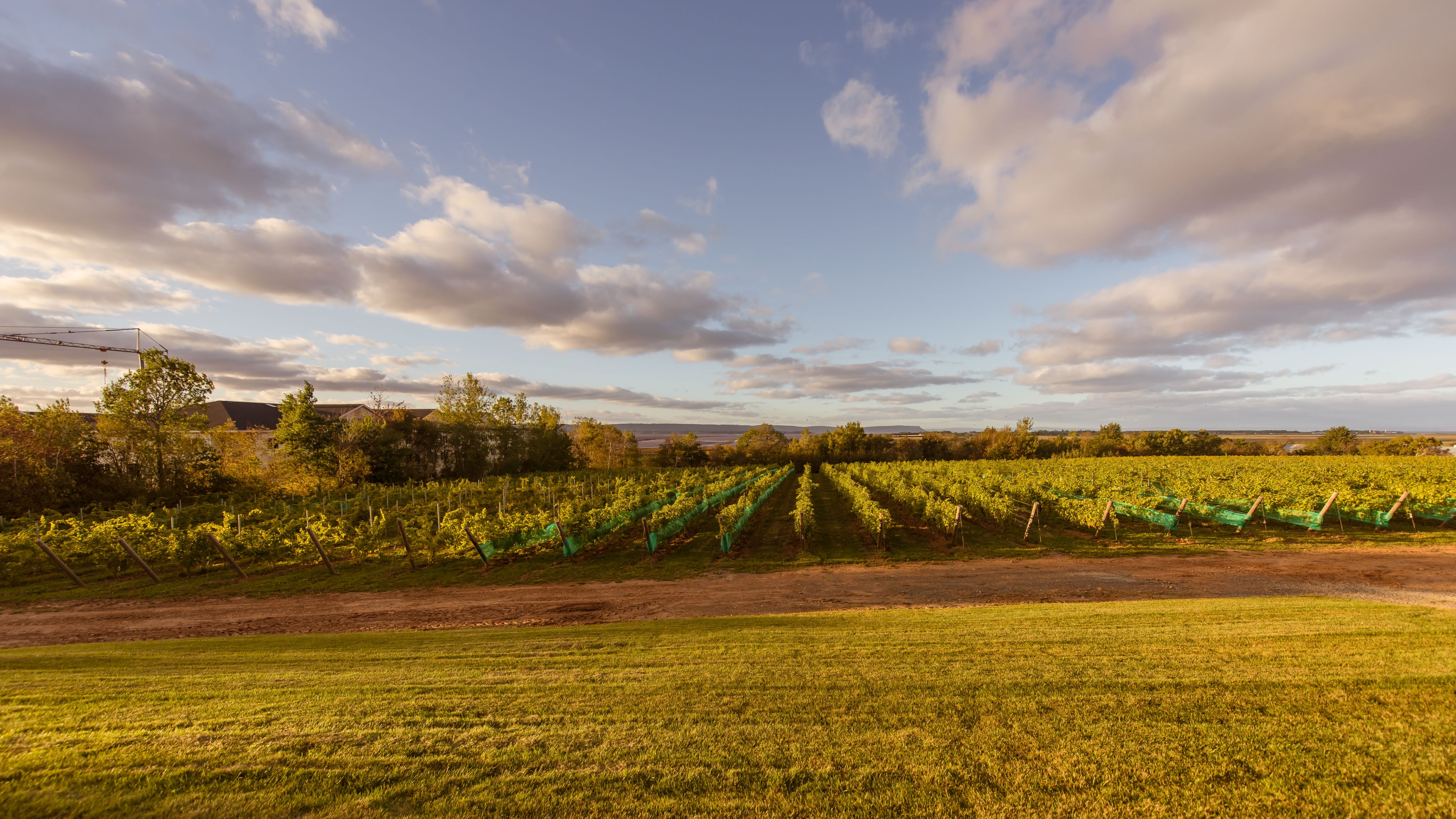
It seems that many travellers are seeking opportunities to be more purposeful in the way that they plan and spend their travel money.
From my perspective as a tourism operator in Nova Scotia focusing on crafting local regenerative experiences with community partners, this is the future of travel and tourism.
Tourism is a relationship in which we, as host communities and businesses, welcome travellers and invite them to be responsible in their behaviours and actions when they come.
We invite them to take part in unique experiences, and activities, dine locally, and shop for items that are crafted here in Nova Scotia. Ideally, we’d like them to be transformed by meeting storytellers and people who live and work here, taking home not just memories, but perhaps a better understanding of how we can all live a little bit better in relationship within our own communities, local ecology, and reduce our impact on the planet both individually and collectively.
I’ve been working with multiple communities across Canada over the past decade helping them to seek out their community gems (storytellers), and develop unique experiences that are purposeful and regenerative (give back). What I am learning is that today’s traveller has a lot more choice in Canada, for how they spend their time and money in a more purposeful way to travel and meet cool people, do unique things, and in the process, are transformed.
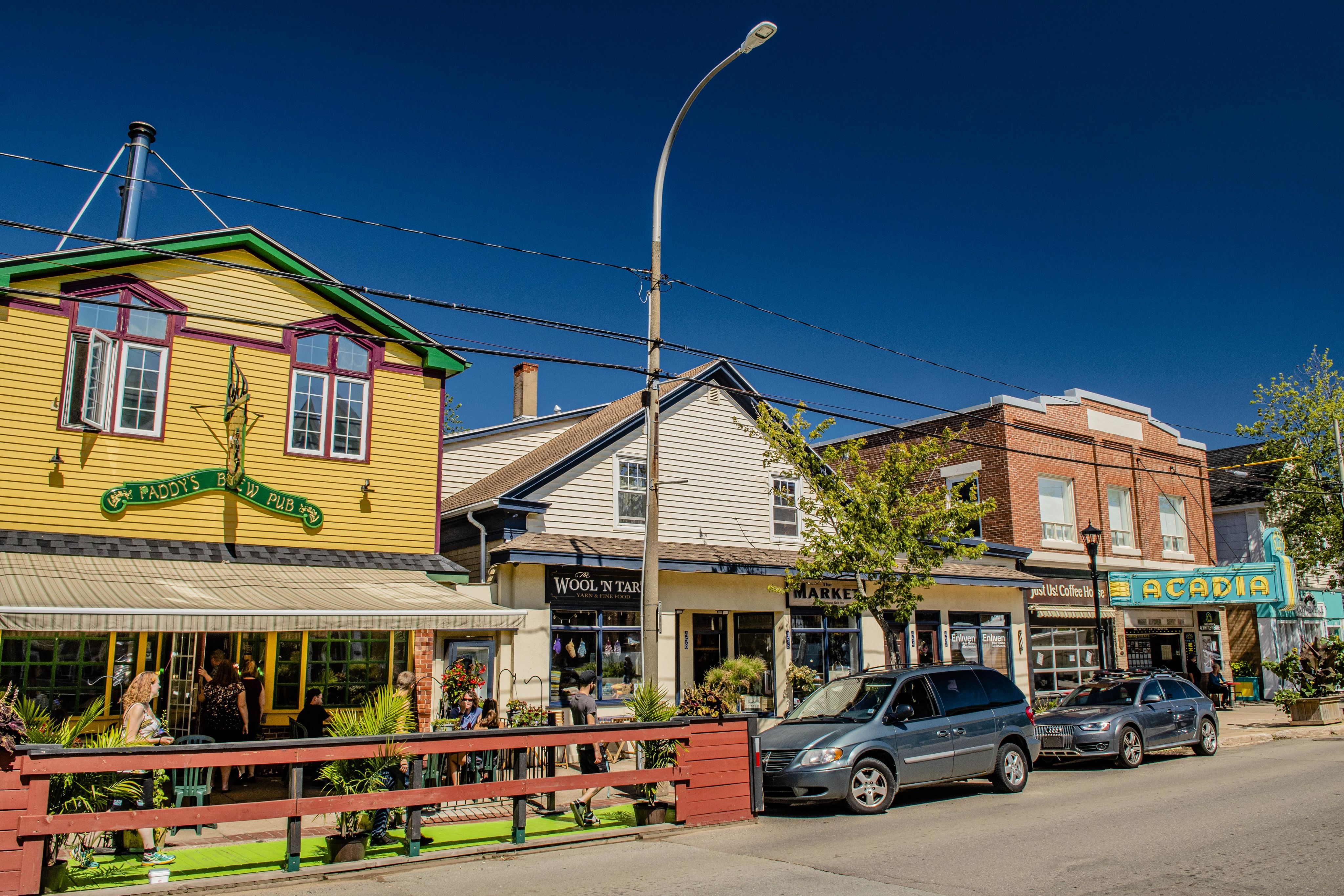
In Saskatoon, the Meewasin Valley Authority has a great new program for millennials called Naughty By Nature about the sex lives of birds and bees within the conservation lands. Combining walking outdoors, a picnic outdoors with all local foods, and fees going back in support of the conservation area, this experience is selling out annually.
In south-eastern Manitoba just east of Winnipeg, a Filipino immigrant Lourdes Still has created an imaginative experience called Tinta at Masagana Flower Farm in which guests harvest their own flowers to produce dyes and hand-dye their own takeaway scarves and kerchiefs, with the entire experience being low waste, connecting to nature, and sharing local foods.
In Ontario’s Southwest, a delightful goat farm, Udderly Ridiculous, a Feast On® certified farm has created Experience Udderly Ridiculous Farm Life, where owner Cheryl Haskett has included a commitment to two important United Nations Sustainable Development Goals (SDGs) Tourism For SDGs in the development of the experience. SDG 12 focuses on sustainable consumption and production patterns and SDG 15 aims to protect, restore, and promote sustainable use of land systems, forests and halt biodiversity loss.
These businesses are providing travellers with entirely different ways to embrace what is local, support local producers and artists, and reduce their impact on the planet through travel.
As well-respected tourism and travel writer JoAnna Haugen who shapes global change to rethink tourism to be more sustainable says, “High-quality (though not necessarily expensive) travel experiences are usually equated with intimacy, moments that feel personalized and unique, locally specific experiences, and personal transformation. If these small, micro-moments are the bedrock of tourism’s success, perhaps there’s value in stepping back from our global focus and giving local, place-based stories, knowledge, and solutions more time and space.”
Which brings me to ask myself, how might I help my fellow pickleball players or others in my small community to take a few achievable steps to travel more lightly across Canada or to longer-haul destinations?
Here are a few thoughts:
- Stay longer in the destination you are travelling to; if you can, travel there by rail instead of air. Your kids will love it.
- When I travel, I calculate my carbon emissions using the Tree Canada Carbon Calculator Once I know the amount of carbon, I convert it to equivalent carbon offset donations. Instead of purchasing carbon offsets, I donate a larger amount to the Nova Scotia Nature Trust. They are in the business of purchasing existing habitat which already sequesters carbon and protects biodiversity.
- You can choose accommodations that are making commitments to more sustainable operations. With a little effort, look for local experiences where you can meet local people where your holiday spend supports them.
If interested, here is a snapshot summary of Recommendations for Travelling Sustainably.
Back to pickleball. I know that a lot of these folks travel to other destinations all over the world all winter long. I wonder who else I will strike up a call about sustainable travel?
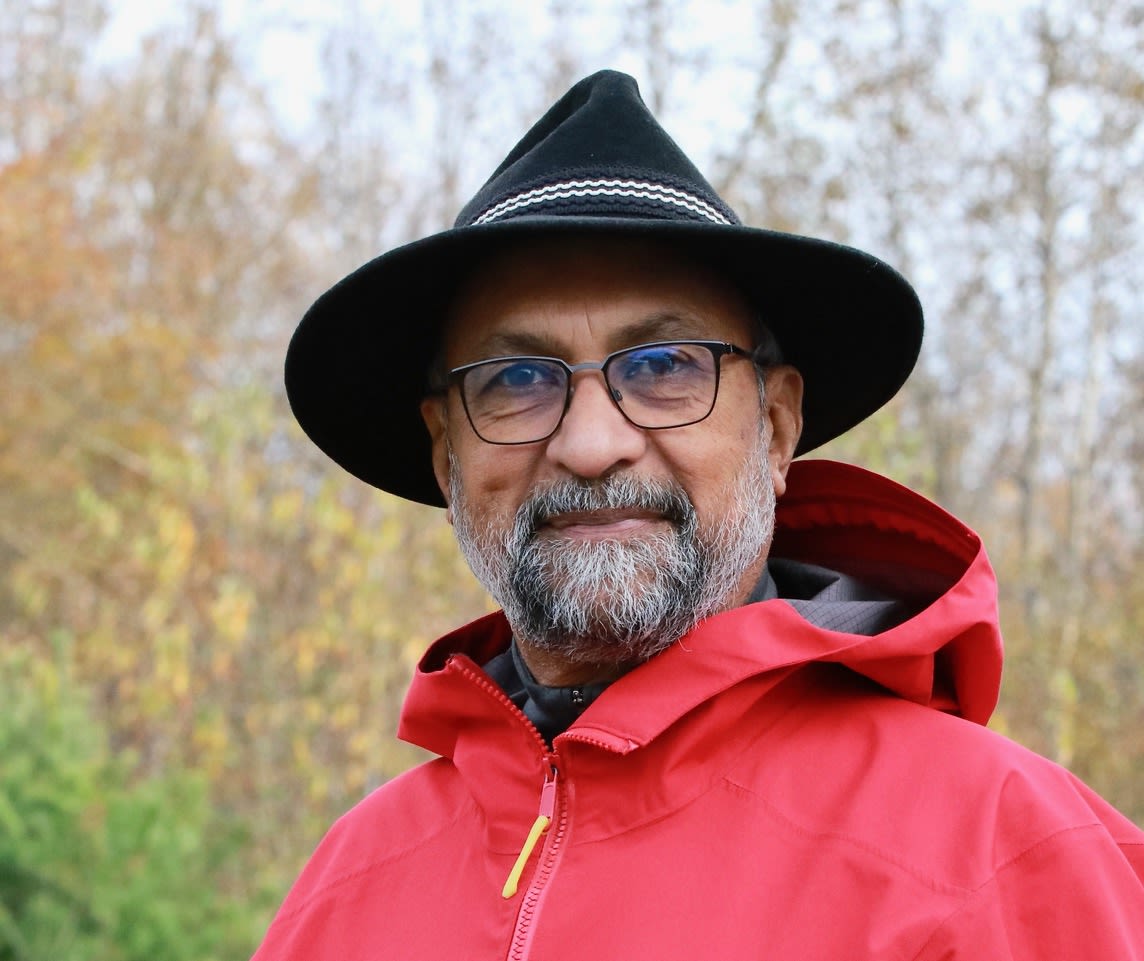
Celes Davar
Celes Davar is a walker, naturalist, and co-owner of Earth Rhythms, a tourism company practicing sustainable travel. They are stewards of a 72-acre David Suzuki National Healing Forest, protecting Wabanaki (Acadian
forest).
Embrace Canada with Landsby
Landsby creates unique and immersive experiences that not only provide travellers with purposeful and enriching trips but aim to positively impact the host communities.
